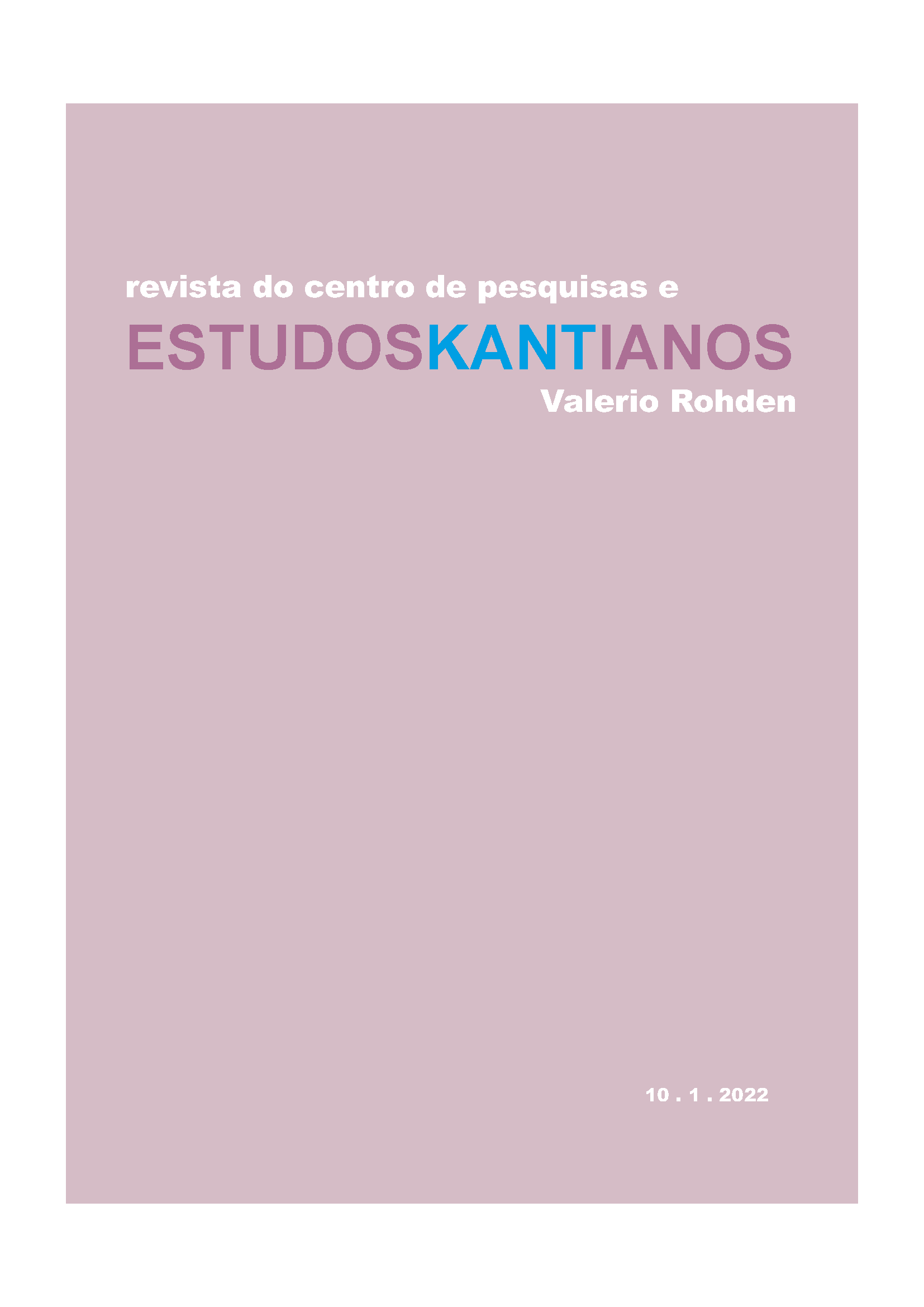The Tension between two Kantian Definitions of the Notion of Concept. The Abstractive Representation and the Function
DOI:
https://doi.org/10.36311/2318-0501.2022.v10n1.p199Palabras clave:
Kant, Concepts, Abstractive Representations, FunctionsResumen
In the Transcendental Aesthetics, Kant introduces the distinction between intuitions and concepts. Intuitions are immediate and singular representations. Concepts are mediate and universal representations. In the Transcendental Logic, Kant defines the concept as a function or rule. The concept is a rule of unity of the multiplicity of intuition. This investigation aims to show that there is a tension between the definition of concept in the Aesthetics and the Dialectic with the notion of concept as function, according to its presentation in the Transcendental Logic. Our hypothesis is that the definition of concept as a function that is introduced in the Transcendental Logic is grounded on a sui generis notion of concept that comes into tension with the definition of concept as a representation by common marks.
Descargas
Descargas
Publicado
Número
Sección
Licencia
Derechos de autor 2022 Estudos Kantianos [EK]

Esta obra está bajo una licencia internacional Creative Commons Atribución 4.0.
![Estudos Kantianos [EK]](https://revistas.marilia.unesp.br/public/journals/16/pageHeaderLogoImage_pt_BR.png)



